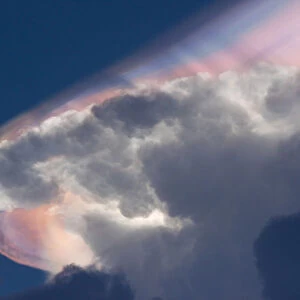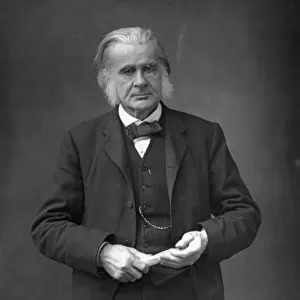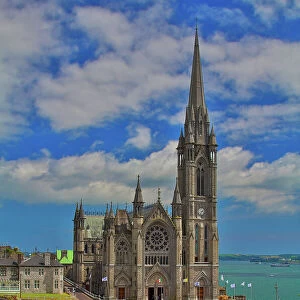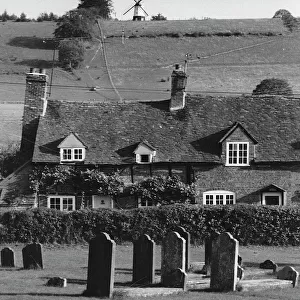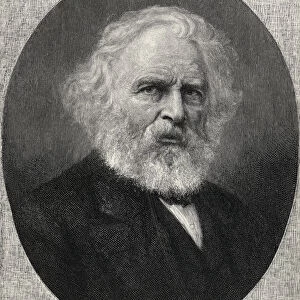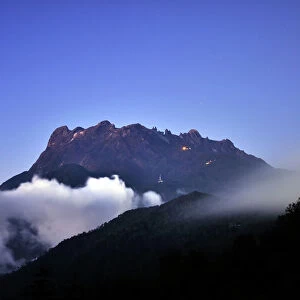Home > Popular Themes > Geological
Tribrachidium fossil
![]()

Wall Art and Photo Gifts from Science Photo Library
Tribrachidium fossil
Ediacaran fossil. Fossil of a soft-bodied, multi-cellular organism (Tribrachidium heraldicum) from the Ediacaran Period (around 635 to 542 million years ago). Tribrachidium heraldicum (centre) is famous for its unusual tri-radial symmetry. Ediacaran Period lifeforms are the earliest known, complex, multicellular organisms. They appeared soon after the Cryogenian Periods glaciers melted, and largely disappeared soon before the rapid appearance of biodiversity known as the Cambrian explosion (around 500 million years ago). The important peculiarity of the Ediacaran fauna is the absolute dominance of soft-bodied animals
Science Photo Library features Science and Medical images including photos and illustrations
Media ID 1699883
© SINCLAIR STAMMERS/SCIENCE PHOTO LIBRARY
Early Life Extinct Fossil Fossilisation Fossilised Fossils Geological Life Forms Multicellular Palaeontological Palaeozoological Palaeozoology Paleontological Paleozoology Pre Historic Pre History Precambrian Rock Symmetry Vertebrates Palaeontology Sea Animal
FEATURES IN THESE COLLECTIONS
> Science Photo Library
> History
EDITORS COMMENTS
This print showcases a remarkable Tribrachidium fossil, an ancient Ediacaran organism that thrived approximately 635 to 542 million years ago. Known for its soft-bodied nature and intricate tri-radial symmetry, the Tribrachidium heraldicum (positioned at the center) stands as a testament to the earliest complex multicellular lifeforms on Earth. The Ediacaran Period marked a significant era in our planet's history, emerging shortly after the glaciers of the Cryogenian Period melted away. These prehistoric creatures flourished during this time but eventually vanished just before the explosive burst of biodiversity known as the Cambrian explosion around 500 million years ago. One intriguing aspect of the Ediacaran fauna is its dominance by soft-bodied animals, which distinguishes it from later periods where hard-shelled organisms became prevalent. This fossilized relic provides invaluable insights into our biological past and sheds light on how life evolved over millions of years. Immersed in geological marvels and hidden beneath layers of rock, these fossils offer glimpses into an underwater world teeming with diverse sea creatures. The Tribrachidium heraldicum serves as a window into this forgotten realm, allowing us to study and appreciate these extraordinary early life forms that once roamed our oceans. As we explore paleontological wonders like this one, we gain a deeper understanding of our own origins and marvel at nature's ability to adapt and transform throughout time.
MADE IN AUSTRALIA
Safe Shipping with 30 Day Money Back Guarantee
FREE PERSONALISATION*
We are proud to offer a range of customisation features including Personalised Captions, Color Filters and Picture Zoom Tools
SECURE PAYMENTS
We happily accept a wide range of payment options so you can pay for the things you need in the way that is most convenient for you
* Options may vary by product and licensing agreement. Zoomed Pictures can be adjusted in the Cart.




